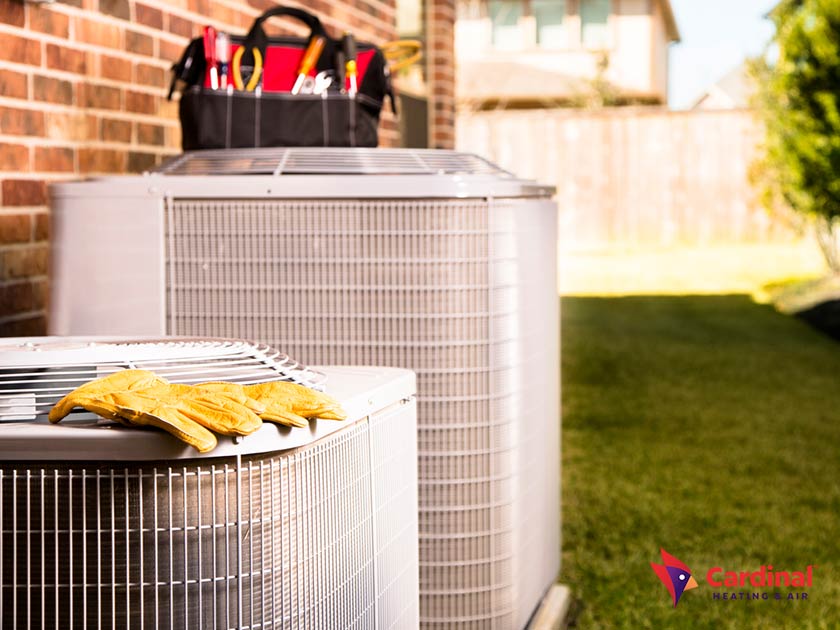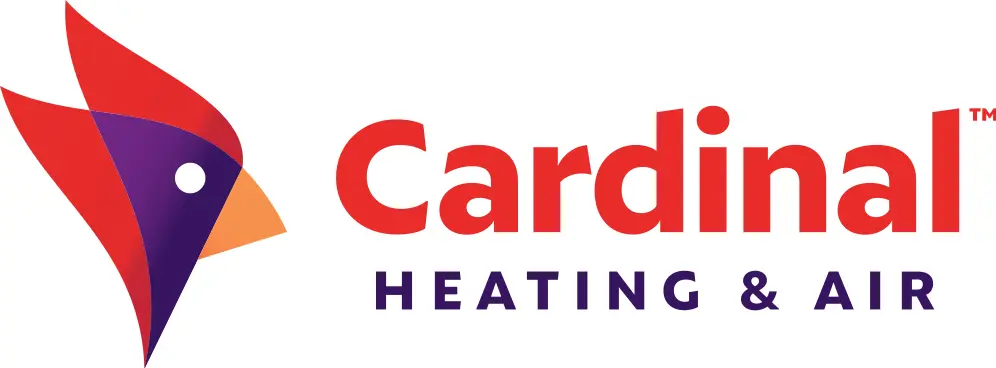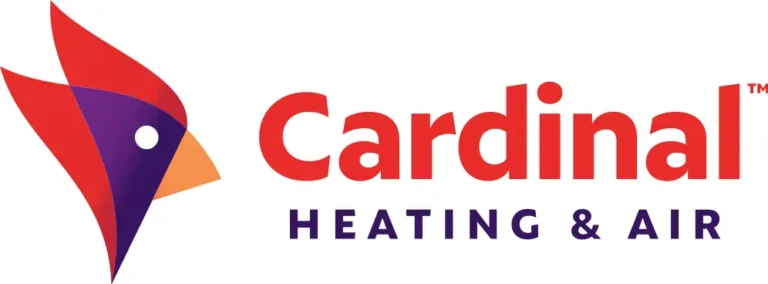A properly functioning AC makes life comfortable in your home. It maintains indoor air quality or shouldn’t use too much energy. A new air conditioner is expected to function without problems, but it can run into a few down the road, especially if you neglect its maintenance.

Without regular maintenance, your AC can start having problems that can get worse over time, sometimes before the user even begins to notice that something is wrong. Some problems are easily noticed while they’re minor; that’s one of the advantages of regular maintenance — being able to nip a problem in the bud.
While you may spend some money fixing that issue, that amount still doesn’t compare to the expense of replacing your entire AC unit. There are two common reasons to replace an AC: first, if it’s too old, which means it’s probably less cost-efficient to keep repairing it, and it was never energy-efficient, anyway. Second, if your AC is broken beyond repair, which usually happens when maintenance is an afterthought. A good technician might still be able to repair it but would also advise you to replace it because the cost of repair doesn’t make sense anymore.
Fixing an AC Unit Is Not a DIY Job
Air conditioning repair should be done by a professional. Even if you’re an avid DIY enthusiast who knows their way around tools, it’s probably not safe to tinker with a broken AC. Unless you’re a trained technician who understands these things well, you have a higher likelihood of making the damage worse than repairing it. If that happens, you’ll be spending even more just to hire the right person to fix it.
That being said, you can still troubleshoot your AC if you notice something isn’t right. There are a few things you can do easily. Here are some of them:
Checking for a Dirty Air Filter
When your AC’s air filter is dirty, you might notice these signs:
- Airflow is weak
- The evaporator coil is frozen over. This is the part of your AC where the air blows over and gets cooled
- There is ice on the refrigerant lines
- Water is pooling under your AC
- The temperature in different areas of your home is inconsistent
- You notice a spike in your energy usage when you receive your bill
- The AC stops working
A dirty filter can block the flow of air in your AC, causing the problems listed above. It can also affect your indoor air quality, as some of the dirt is dislodged and goes airborne when your AC forces air through the filter.
It’s easy to check if your AC filter has been overrun by dust and dirt. You can usually find it in your user’s manual. You can also ask the technician that installed your AC, just to be sure.
If the filter is indeed dirty, clean it. With some filters, you can run some water over them and brush them gently with a used (but clean) toothbrush. You can also simply brush off the dust without getting the filter wet. If you do get the filter wet, let it dry before returning it to your AC.
Another way to clean a dirty filter is by using a vacuum cleaner on a low setting, just enough for it to suck away the dust and dirt from the filter without damaging it.
If your AC has a disposable filter, buy a new one specifically made for your AC model. This information is available in your user’s manual. If you don’t have the manual anymore, check for one on the manufacturer’s website.
Put the clean filter back in its place and run the AC. Check if the problem is gone. Clean or replace your filter every month or at least every three months, depending on where you live.
If the clean filter does not solve the problem, check the next item on our list:
Checking Your Thermostat Settings
You may notice these problems when you have the wrong thermostat settings:
- Warm or hot air is released instead of cool air
- Your AC doesn’t turn on
Someone may have inadvertently set your thermostat to “heat.” Set it back to “cool.” Make sure to check this before calling for air conditioning repair. Many homeowners make the mistake of calling a pro even before checking their thermostat, only to find out when the technician checks it that they had the wrong setting all along. This wastes your time and the technician’s time, and while not all technicians would charge you for that, they surely won’t appreciate it.
Checking the Circuit Breaker
If your AC still won’t turn on, check the circuit breaker. It’s important to have your circuit breaker switches labeled so you know which ones to check. If the one labeled for your AC is on the OFF position, set it to ON. If nothing happens, don’t try to flip it to off and on again.
Checking the circuit breaker is good practice if one of your equipment or appliances isn’t working. It might be an AC, it might be your water heaters — whatever it is, check the circuit breaker before concluding that it’s broken. Someone may have set the breaker to OFF for some reason.
Checking the Outdoor Unit
Your outdoor unit is exposed to the elements, so dirt and debris can affect its performance. You might notice these:
- Cooling or airflow is weak
- Warm air is replacing cool air
- You’re paying more for energy use
- You’re always calling a pro for repairs
The outdoor unit is the condenser. It shouldn’t be dirty. You can clean mud and dirt on the outside of this unit by using a regular garden hose, but don’t use a strong spray and never use a power washer. Run the AC and see if your problem is solved.
You can protect your AC’s condenser from the elements by having it installed under shade and at least slightly elevated from the ground.
Checking the Air Vents
The air vents distribute the cool air in your home, so they should never be blocked. Here’s what you might notice if they are:
- Ice is forming on the refrigerant lines
- Cooling is weaker in some areas
- The evaporator coil is frozen over
- Water is leaking from your AC
- Your blower motor is malfunctioning or often needs repairs
- The compressor is damaged
- Your AC uses more energy
Make sure all the vents are open and not blocked. Furniture, appliances, rugs, curtains, blinds, boxes, books and other items can block the air vents. Walk around your home and check each air vent. Remove anything that’s in their way.
If there’s a room or an area in your home that is hardly used anymore, and there’s an air vent in it, do not attempt to block or close that vent. Some homeowners think shutting that vent would make the AC run more efficiently and they would save some money. But it will not save energy and instead result in quite the opposite. It can also damage your AC in the long term.
Calling a Professional
Note that there are at least three reasons not to try the suggestions above:
- First, if you’re concerned about your safety. An AC unit, after all, is powered by electricity. If you’re not careful, you might get hurt or cause damage to the unit.
- Second, you might have some mobility issues that prevent you from trying these suggestions.
- Third, you’re concerned that you might void your AC’s warranty.
Even if you did manage to try these suggestions and nothing worked, there’s no use forcing the issue by thinking of a DIY solution. Call a professional to have your AC checked immediately. The technician is likely to advise you about regular maintenance; take their advice to avoid further problems with your unit.
Need help with air conditioners or water heaters? Get in touch with Cardinal Heating & Air. Call us today at [phone_number] or request an estimate through our contact form.


